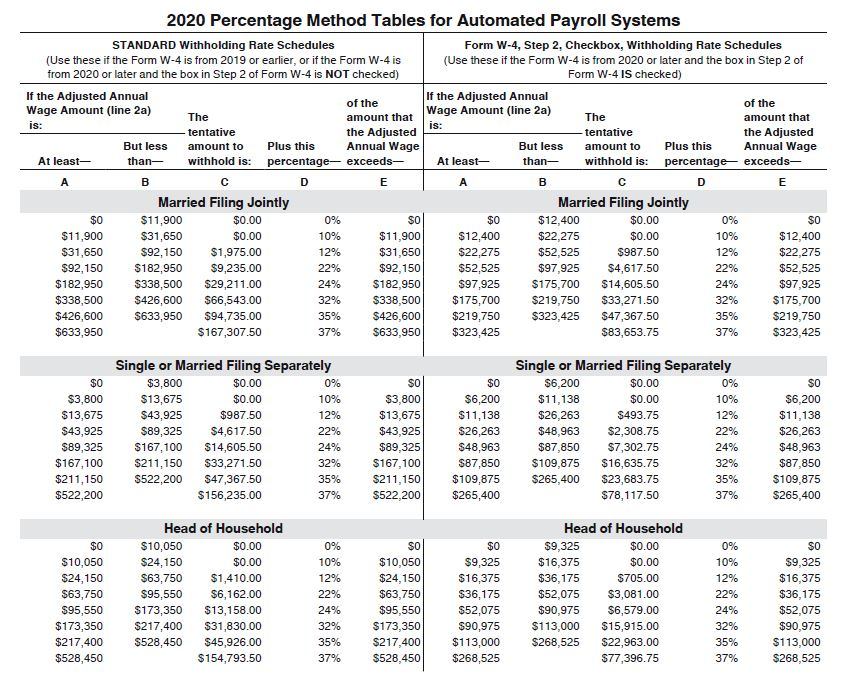
If the partnership has nonresident individual partners it may file a composite income tax on their behalf using Schedule KC. If the partnership has items of income, credits or modifications that are different from its federal return, the partnership should also issue and file Schedule KPI and/or Schedule KPC. The partnership may also have to pay a minimum fee based on property, payroll, and sales attributable to Minnesota. Get more tax information from the IRS at Married Couples in Business.įor state tax purposes, the partnership completes Form M3, Partnership Return and files it with the Department of Revenue along with a copy of federal Form 1065 and Schedules K and K-1. Schedule SE (Form 1040) is used to compute Social Security and Medicare self-employment tax.Ī married couple who jointly operate an unincorporated business and who file a joint federal income tax return can elect not to be treated as a partnership for federal tax purposes provided that the husband and wife are the only members of the joint venture and that both husband and wife materially participate in the running of the business.

Individual partners use Schedule E (Form 1040), which is prepared using information from their Schedule K-1 of Form 1065, to report their distributive share of partnership income, deductions, credits and losses on the individual Form 1040. Other forms and schedules may be required, including Schedules K and K-1. No tax is paid by the partnership with this return. Partnershipįor federal tax purposes, the partnership files Form 1065, which is an information return. A copy of the federal Form 1040, including a copy of Schedule C or Schedule C-EZ and other supporting schedules, must be attached to the Minnesota return. To compute Minnesota income tax, the proprietor uses Form M1, the individual income tax return form. There is no separate form for reporting sole proprietorship income on the Minnesota tax return.


The sole proprietor uses Schedule SE (Form 1040) to report net self-employment income for purposes of computing the Social Security and Medicare self-employment tax. The net income or loss from the business is then transferred to the proprietor’s individual Form 1040. Sole Proprietorshipįor federal tax purposes, the sole proprietor reports income and expenses from the business on Schedule C or Schedule C-EZ (Form 1040) and any related forms and schedules. We touch on some important issues for the most common business structures. Total income is made up of six major income classifications: paid employment, pension income, investment income, self-employment income, social benefit payments, and other income.Businesses must file federal and state income tax returns.

The Canada Revenue Agency determines the classification based on the largest source of income reported on the taxfiler’s individual income tax and benefit return.įor example, if a taxfiler earned a salary but reported more income from investments, this taxfiler was classified as an investor, not as an employee. Taxfilers do not report their type of work or occupation.


 0 kommentar(er)
0 kommentar(er)
